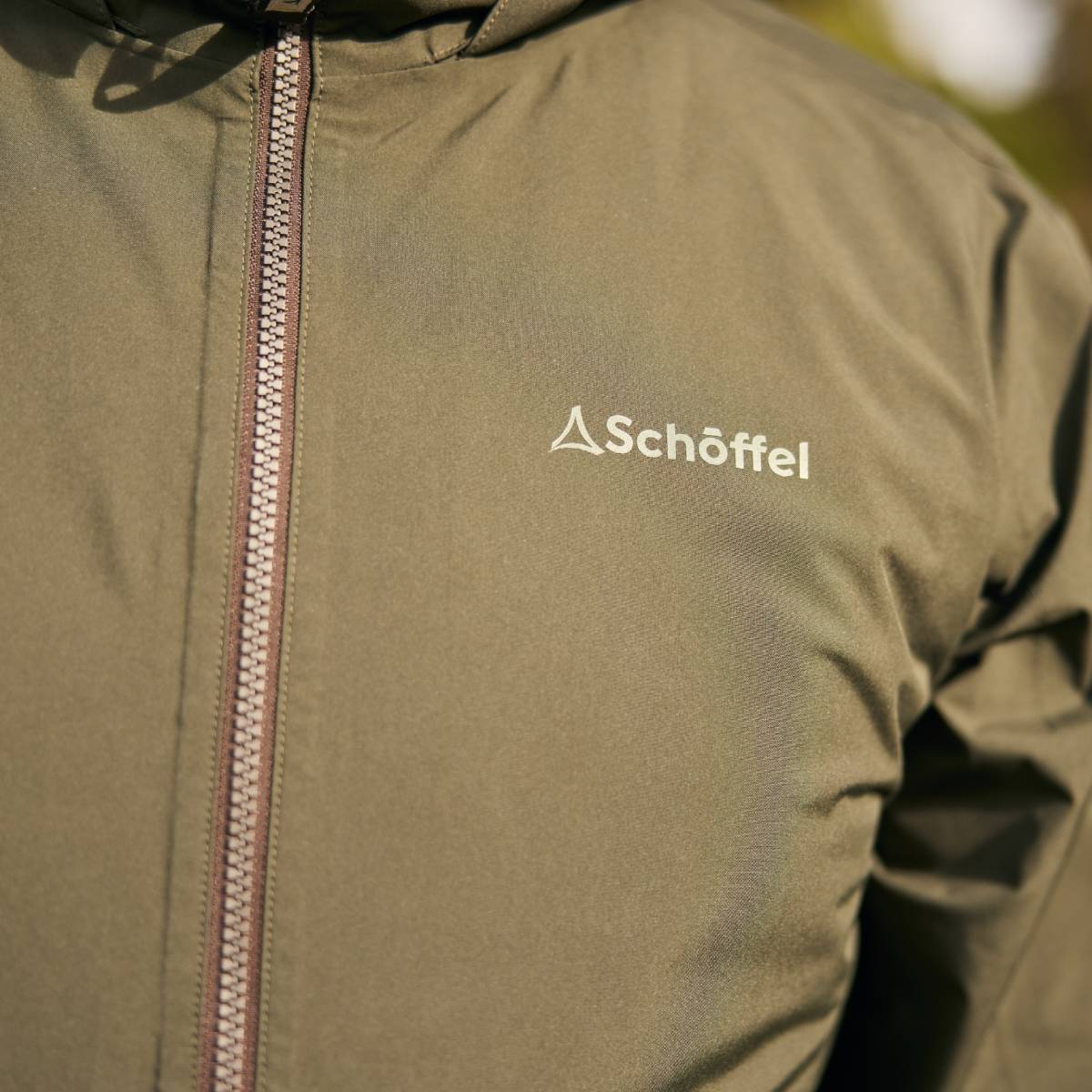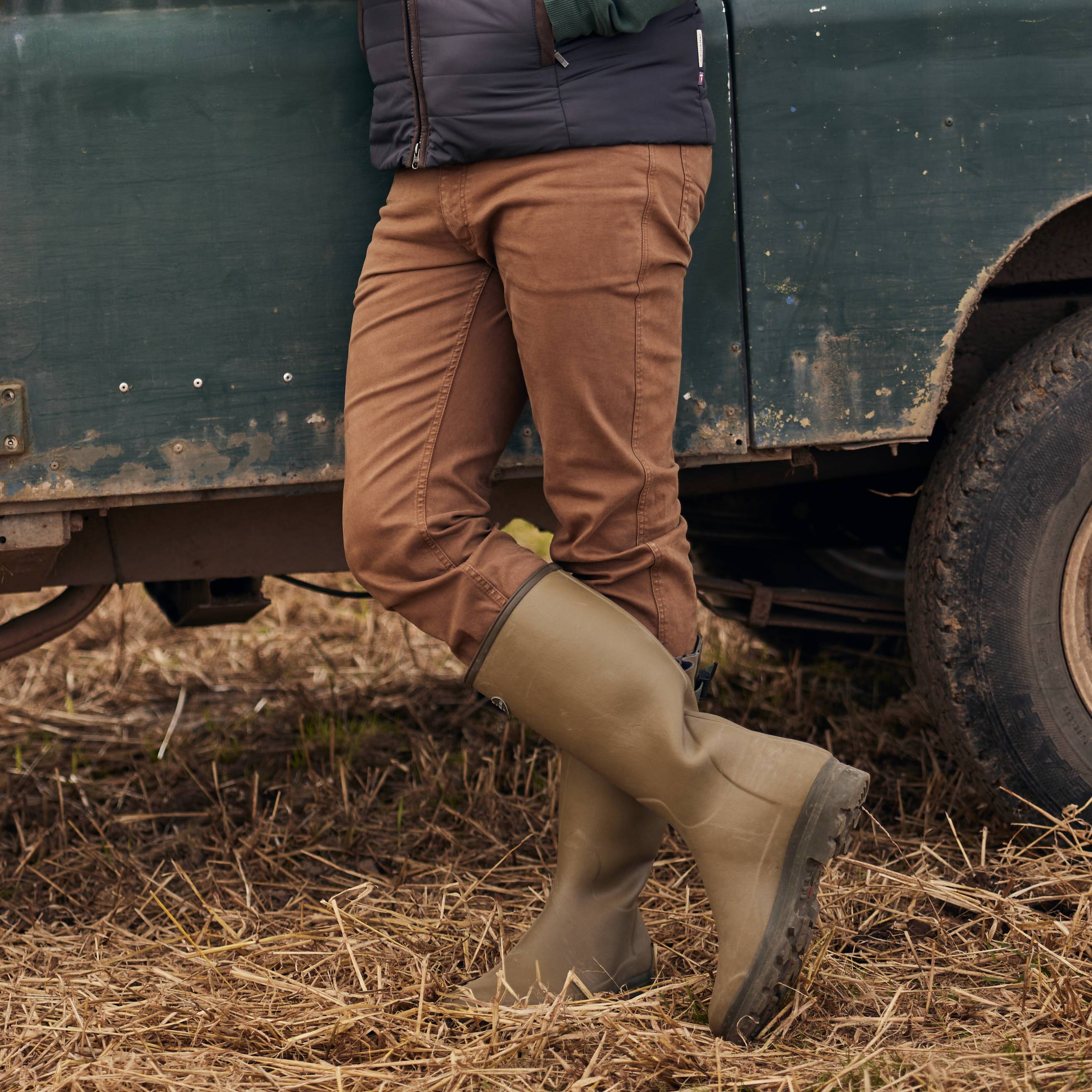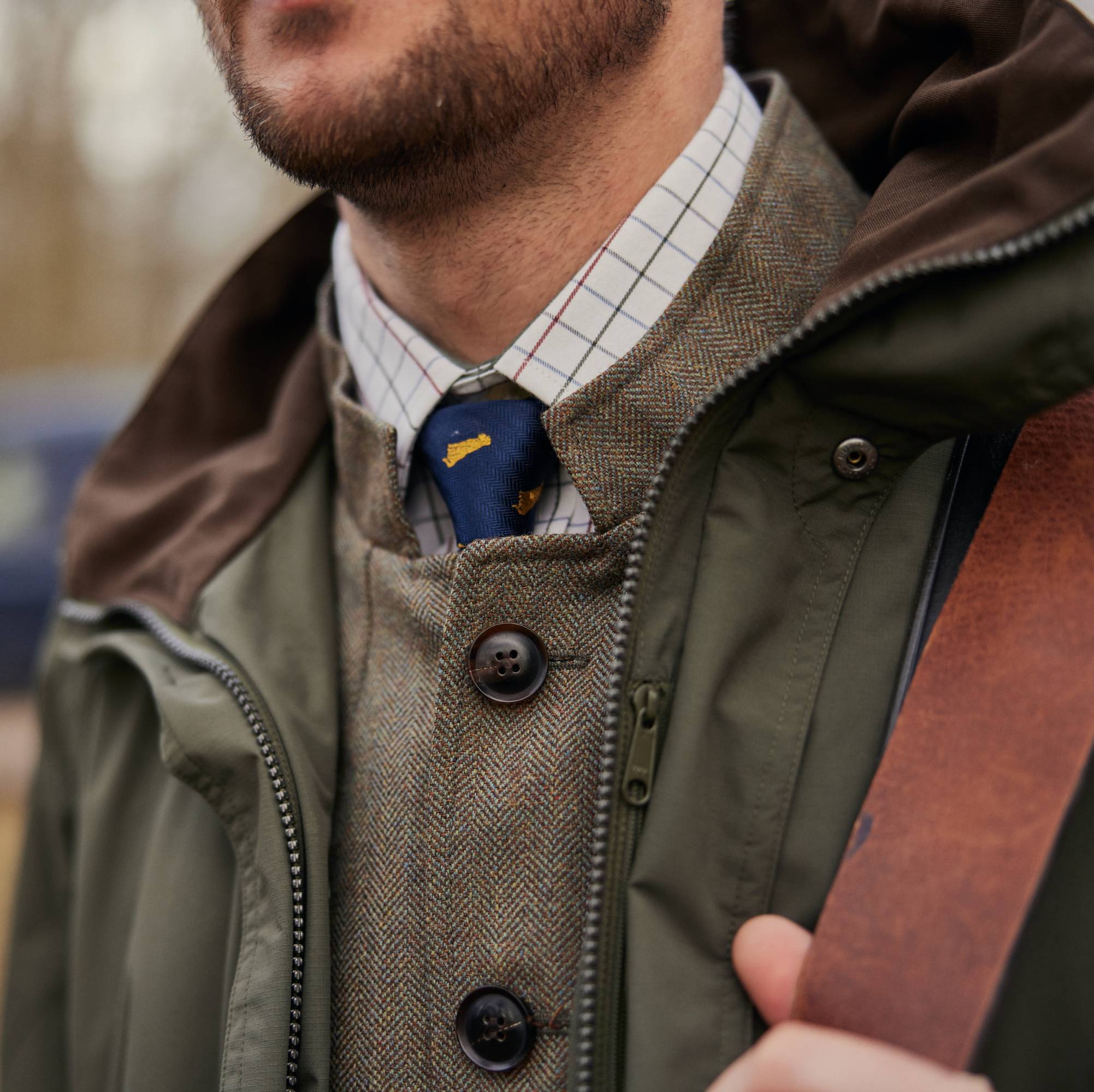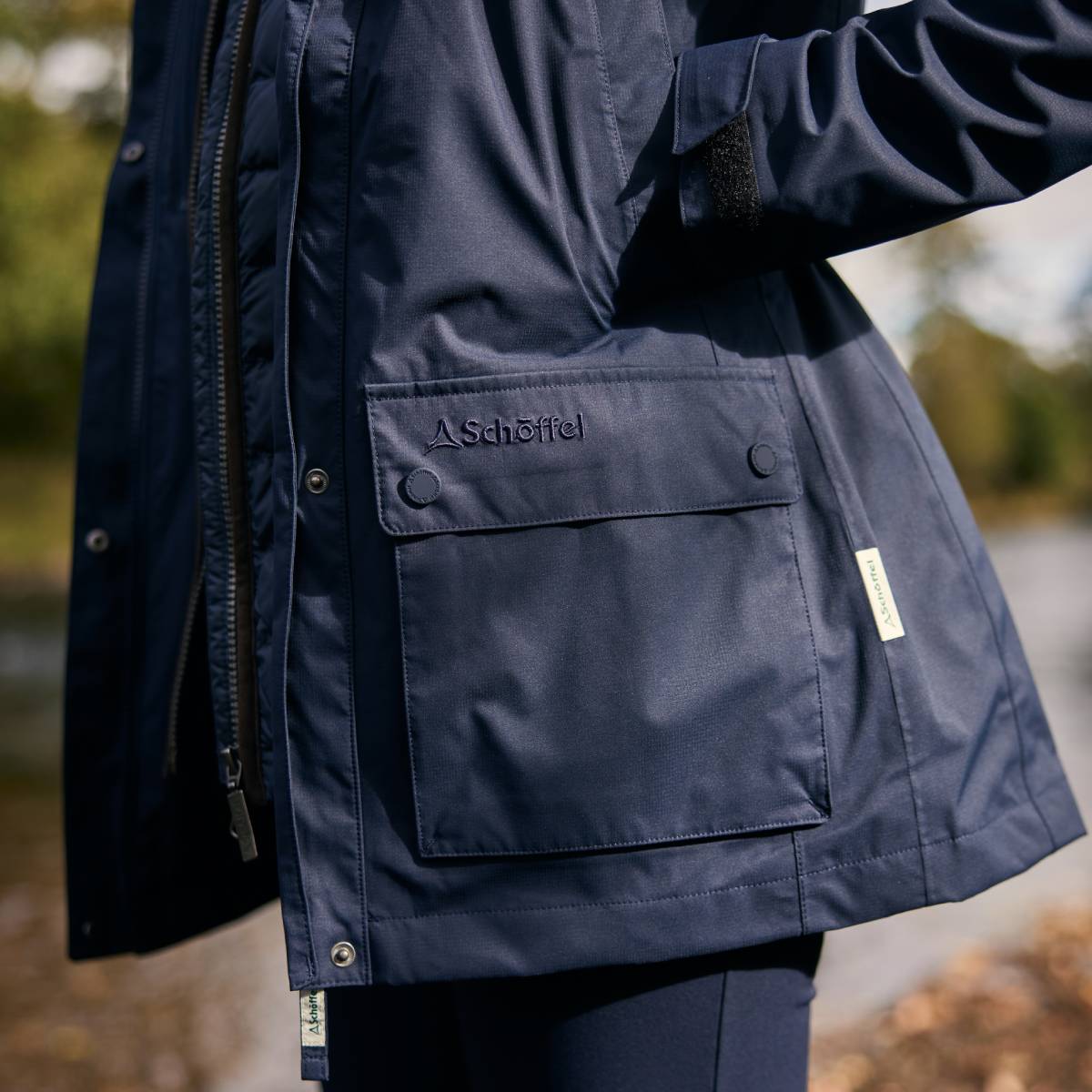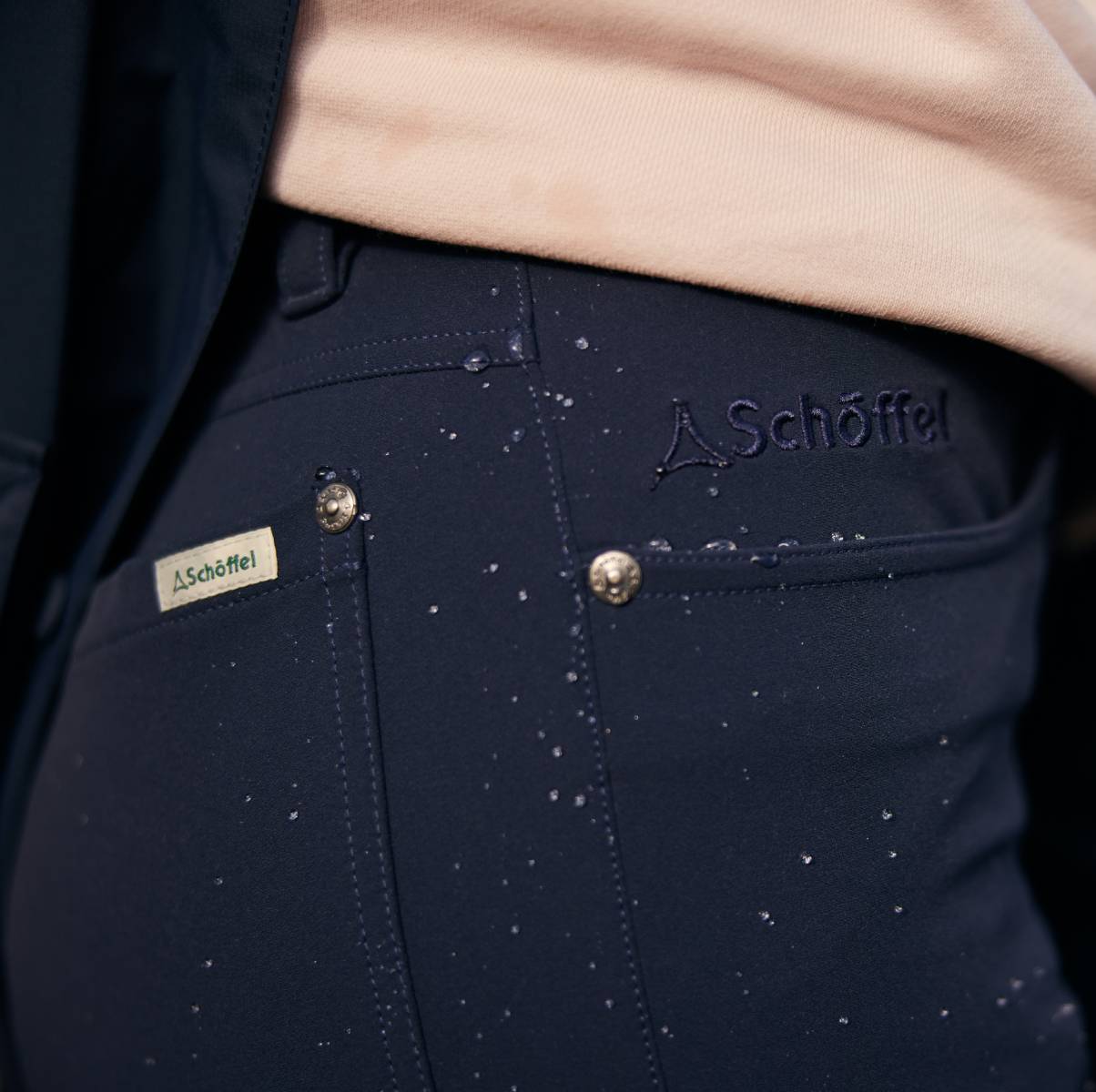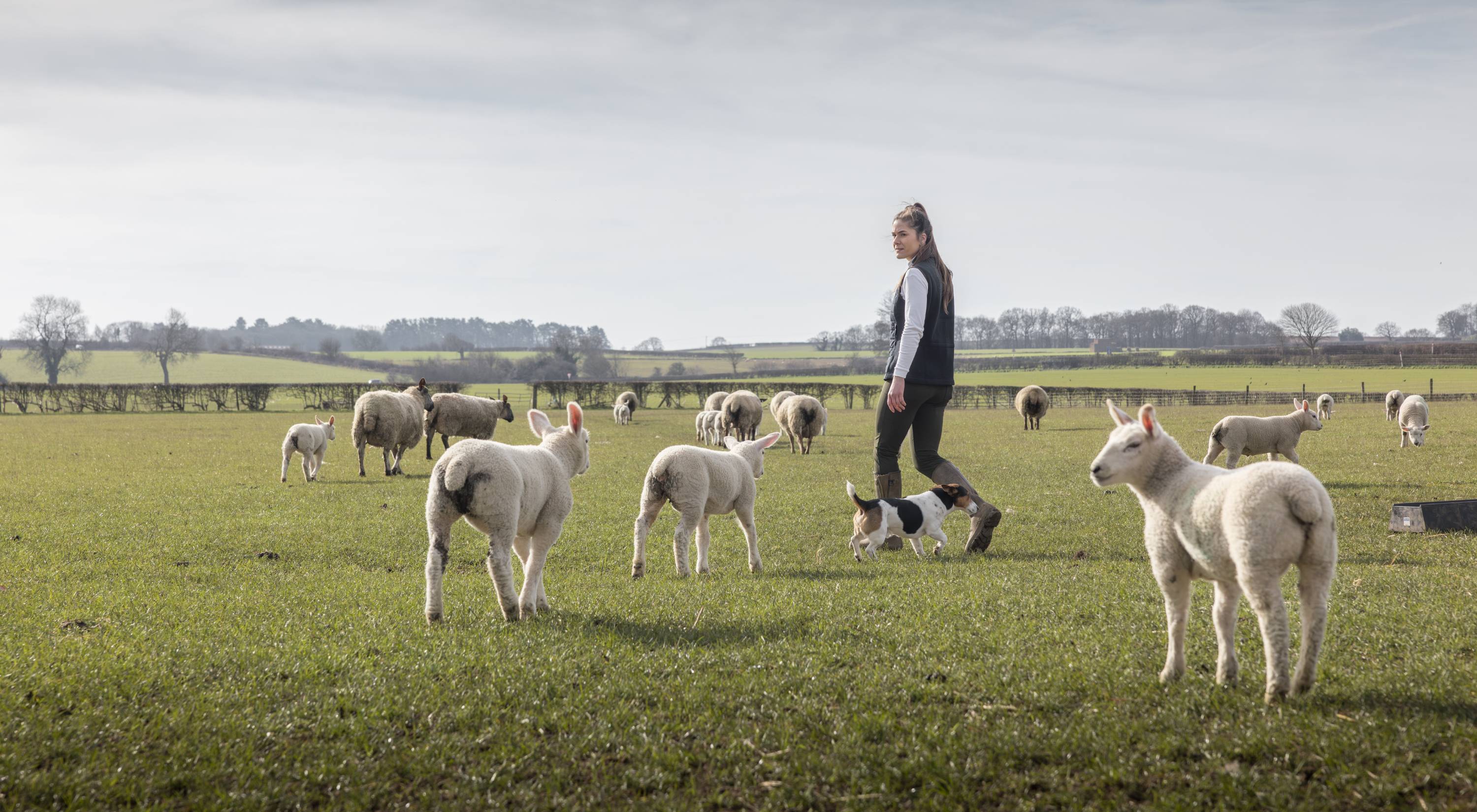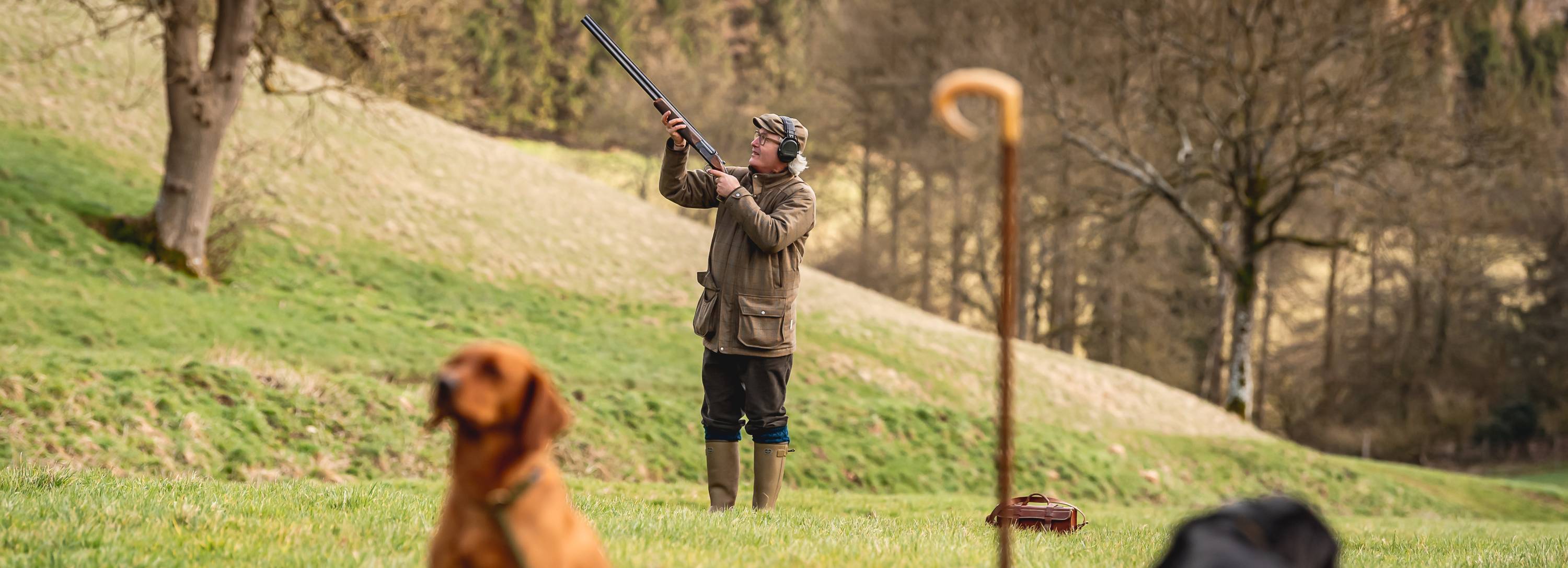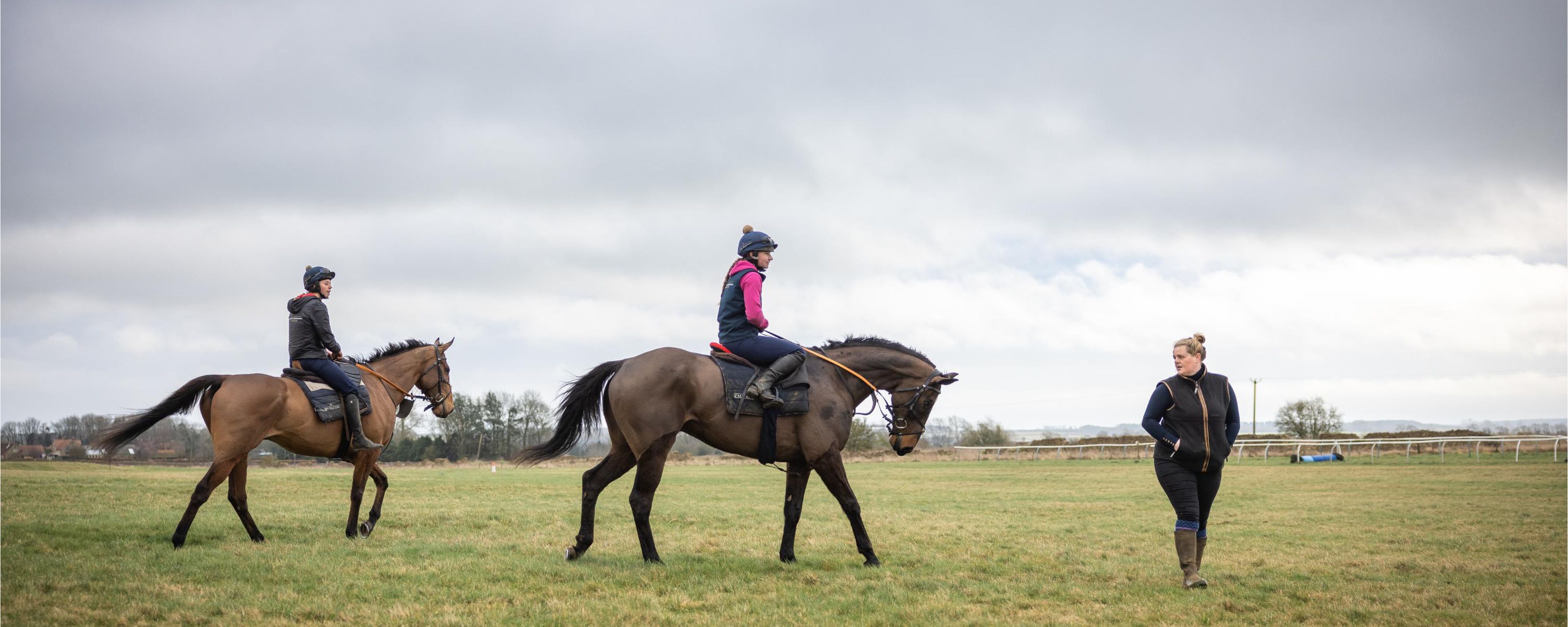
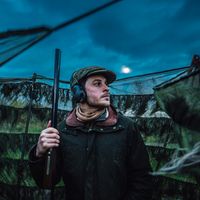
Fly fishing on the river Tyne with James Stokoe
Introduction
In the latest instalment of our new series, Schöffel Sales Manager Neil Holland and expert Fly-Fishing Guide James Stokoe travel to the River Tyne to test out new waters and refine Neil’s fly-fishing technique.
Fishing history
James, winner of BBC’s fishing programme ‘Earth’s Wildest Waters – The Big Fish’, started fishing when he was 13 years old and has spent over 25 years fishing on the Tyne. James offers expert fly-fishing tuition, guiding both novices and fishing aficionados alike in the art of salmon and sea trout fishing on the Tyne. There’s no better person to guide Neil, who started fishing when he was 10. Neil is mainly interested in trout fishing but has spent the past year exploring salmon fishing instead.
The early fly catches the fish
Due to rising water temperatures throughout the day, James explains that starting early in the morning will give them a higher chance of catching fish. Early mornings are also the best time to target any rogue fish, especially if you’re the first one out on the water.
Today, Neil has brought along his own fly box, which will give them a wider selection for today’s expedition. James suggests fishing with two flies today as he believes it will double the chance of catching a fish. He explains this is because fish can sometimes become highly competitive, and when you fish with two flies, the larger fly is always at the back of the leader; and when fished in tandem, it looks like the bigger one is chasing the smaller one. This can sometimes trigger an instinctive reaction from the fish and cause them to bite more.
Top Tip from James #1: If you’re using a big fly and the water isn’t moving quickly, then the fish will have a lot of time to analyse it. Try fishing smaller flies and moving them a bit faster; this will force the fish into make an instinctive decision.
Working the fly
James and Neil discuss their preferred technique when it comes to working the fly. James is fond of a figure of eight, but also likes to keep his movements small, by just tweaking the line back and forth just a little. Neil, on the other hand, prefers more of a ‘see-saw’ method.
Seasonal cycles
The Tyne isn’t typically known as a spring river, but with the cycles often changing as we move into summer, the number of fish will quickly increase. James remarks that with roughly five thousand in July (almost ten thousand the previous year), there was a total of around thirty-five thousand fish a year – the majority of which were sea trout. James uses a fish counter in the river which helps him keep track of cycles and estimates that there are between 100 – 120 fish coming through the pass each day.
Top Tip from James #2: When you’re fishing in an area heavy with plant life, make sure to check your flies for weeds. When you’re fishing big flies, a little bit of weed doesn’t matter, but when you’re using smaller flies, it’s important to check them and make sure they’re sitting right.
Water wildlife
There are a lot of fish currently jumping in the water and James explains that this is due to the time of year and the resurgence of freshwater lice, Argulus. These parasites appear as little jelly discs and coat the water when the weather gets warmer. The only way the fish can get rid of them is to jump out of the water. James warns Neil to keep an eye on any fish they catch and check them for sores – this is because freshwater isn’t as clean as saltwater, so the fish can sometimes get sores.
Keeping things fresh
James and Neil spot a few fish in a different location and decide to move there. They’re going to try something different and use slightly bigger flies to give the fish some variety. James explains that fishing can be a bit of a lottery, but that by changing location and tactics, they can give themselves a better chance to tempt one of the fish.
Top Tip from James #3: There’s no written rulebook on what techniques to use, so feel free to try something different. You don’t want to just use the current of the water; try changing angles, the way the fly moves or the way the line moves…
Unchartered waters
With no catches under their belt just yet, James and Neil stop for lunch before moving to a brand-new spot. The location in question is a junction where the South Tyne meets the North. The junction is a very prolific, productive pool, so they’re hoping for a catch there – specifically on the left side of the join where the water is cooler by a couple of degrees.
James gives Neil a couple of pointers on his casting and directs him to fish square across the join from where they’re stood. This is essentially up the current, which James explains can feel quite unnatural at first. James also demonstrates how to mend the line, which is a technique used for a drag-free float and can be achieved by lifting the rod and moving the top line closest to you out into the water. This will sit the fly further over the other side for longer.
Plenty more fish in the sea
Despite some perfect casting from Neil and invaluable guidance from James, the two leave the Tyne with no catches. Conditions may not have been in their favour – due to tactics, flies or location – but James points out that this is just the way it goes with fishing sometimes. However, this was a great opportunity for Neil to receive some expert advice and fly fish out on some beautiful new water.

